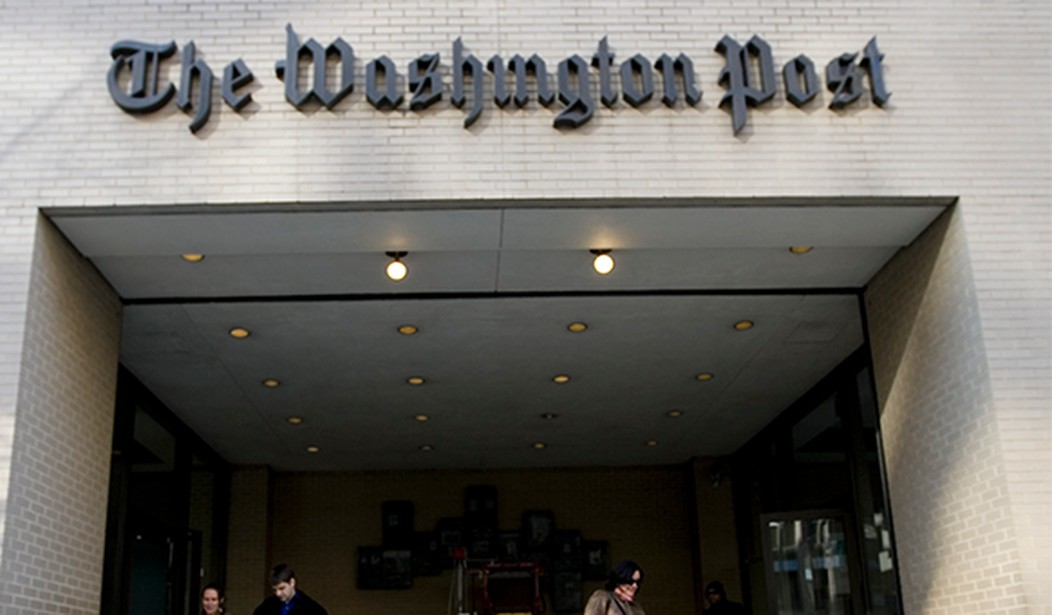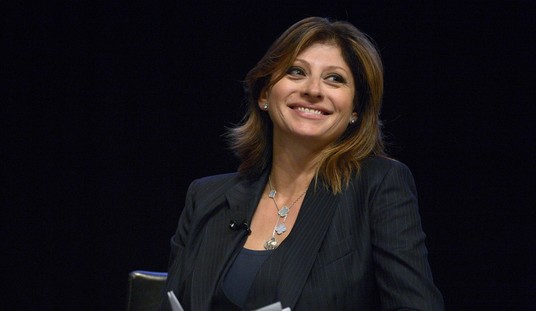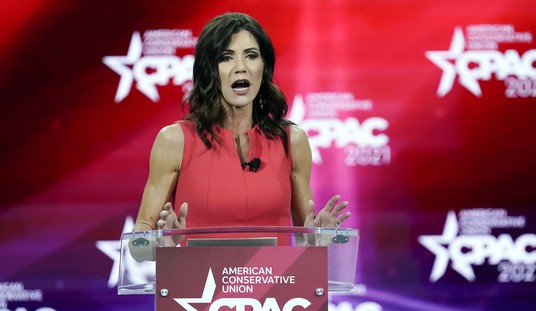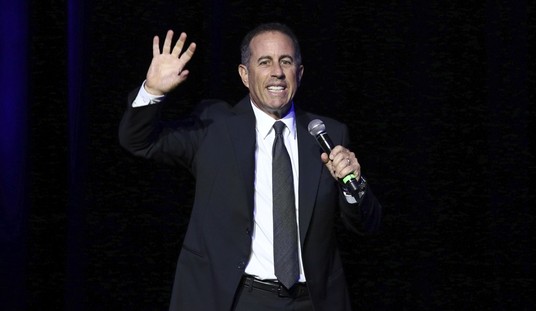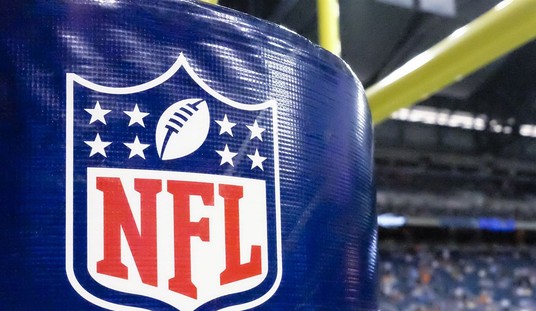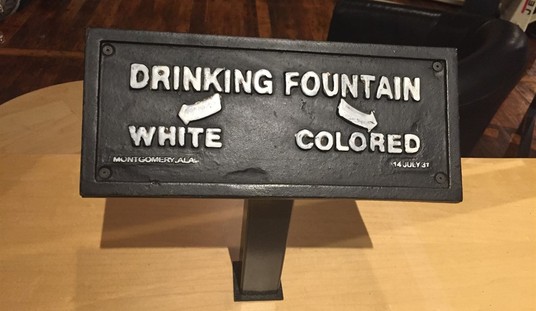If the word “delusional” were an op-ed it, author Jack Schafer’s piece in Politico would be it. In an article titled “You Trust the Media More Than You Say You Do,” he makes the laughable claim that despite all the polling to the contrary, Americans still maintain trust in the once-vaunted Fourth Estate.
I’m sure Schafer’s a good guy, but it appears he may have been one of many in the media who is taking advantage of President Joe Biden’s crack pipe distribution program. Let’s take a look at some of his arguments.
To begin, Schafer refers to a recent Gallup poll showing that America’s faith in its major institutions has taken a major hit over the years. “If you follow the trendline of plummeting trust in newspapers, as just updated by Gallup, you could make an argument that by the year 2030 or so, 0 percent of respondents will say they have any ‘confidence’ in newspapers and TV news,” he wrote.
Schafer goes on to question whether the multiple polls showing a decline in trust in the media is an indication that the quality of reporting has also decreased:
Could it be that newspapers are demonstrably worse than they were decades ago? No. Would anybody who was reading newspapers in 1979 say that? No, any honest assessment would find today’s newspapers more timely and accurate, fairer, and often better-written than the newspapers of 1979. So, what gives?
It’s an excellent question, one he answers by pointing out that while the institutions themselves might not have changed, “perceptions of them have.” He points to the fact that America is living in “an age of heightened criticism and scrutiny that leaves no faults or blemishes unnoticed” as the reason behind this paradigm shift. “Politicians, activists and the press itself are all more critical of institutions than they were in the 1970s,” he writes. “If the public has lost confidence in so many institutions, how did they come to that realization? It’s safe to say that they learned much of what they know about institutional failings from what they read in newspapers or saw on TV news.”
Schafer also points to the fact that the press has “started covering topics it left largely untouched in earlier times” as another factor influencing these numbers. He claims that because the media now covers issues related to “race, sex, class and inequity,” they have made their readers and viewers feel uncomfortable.
Finally, Schafer points the finger at politicians who criticize the press:
“Politicians have long blamed the press for their shortcomings and failures, but that increased in the mid-1960s, as George Wallace showered the press with his bile. President Richard Nixon and his vice president, Spiro Agnew, imitated Wallace to good political effect. Other pols have followed, but none so aggressively as President Donald Trump, who placed press-bashing at the center of his oratorical agenda, declaring that ‘the Fake News Media’ is ‘the true Enemy of the People.’”
Schafer also noted that President Joe Biden has also lashed out at the media. But it is unlikely that politicians and the coverage of uncomfortable subjects have caused Americans to lose confidence in newspapers and television, as the Gallup poll suggests. Rather, the author’s first point is probably the most apt in this regard: People’s perception of the Fourth Estate has changed – and for good reason. Right-leaning Americans have known the media was biased in favor of the left for decades. But it cannot be denied that most left-leaning outlets almost completely abandoned authentic journalism in favor of activism over the past seven years after Trump came onto the scene.
But Schafer makes his ultimate point – that Americans do trust the media – by questioning how Gallup’s wording was phrased. He writes:
Yet does the public really have such a low opinion of newspapers? Gallup’s wording of its question is pretty vague. It didn’t ask respondents to rate the specific newspapers they read but to express their levels of confidence in the newspaper as an institution. They might have gotten a more positive answer if they had asked people how they feel about the daily newspaper they actually read. When the Pew Research Center asked this question in 2005, they found that 80 percent of Americans give favorable ratings to their daily. Local TV news, cable news and network TV news are rated only slightly worse. Granted, that’s data from a 17-year-old survey, but it shows that asking a slightly different question about the press can produce a startlingly different answer.
It’s a weak point, especially when one considers how people behave when it comes to how they consume their media. Another Pew Research poll found that more than 80 percent of adults now get their news from digital sources rather than relying on newspapers or television. While they are likely reading some of the newspaper and television content online, they are overwhelmingly favoring alternative media, including various news sites.
From Pew Research:
More than eight-in-ten U.S. adults (86%) say they get news from a smartphone, computer or tablet “often” or “sometimes,” including 60% who say they do so often. This is higher than the portion who get news from television, though 68% get news from TV at least sometimes and 40% do so often. Americans turn to radio and print publications for news far less frequently, with half saying they turn to radio at least sometimes (16% do so often) and about a third (32%) saying the same of print (10% get news from print publications often).
When asked which of these platforms they prefer to get news on, roughly half (52%) of Americans say they prefer a digital platform – whether it is a news website (26%), search (12%), social media (11%) or podcasts (3%). About a third say they prefer television (35%), and just 7% and 5% respectively say they prefer to get their news on the radio or via print.
It is also worth noting that most of those still using newspapers or watching cable television news are older people — 60 years old or higher. Most younger folks rely primarily on alternative media. If trust in the press wasn’t as low as it seems, why are most Americans turning to other forms of media instead of continuing to use newspapers and television news? The answer is simple: Americans do not trust the press as they used to. Until the activist media stops being so activist, this trend will continue.

